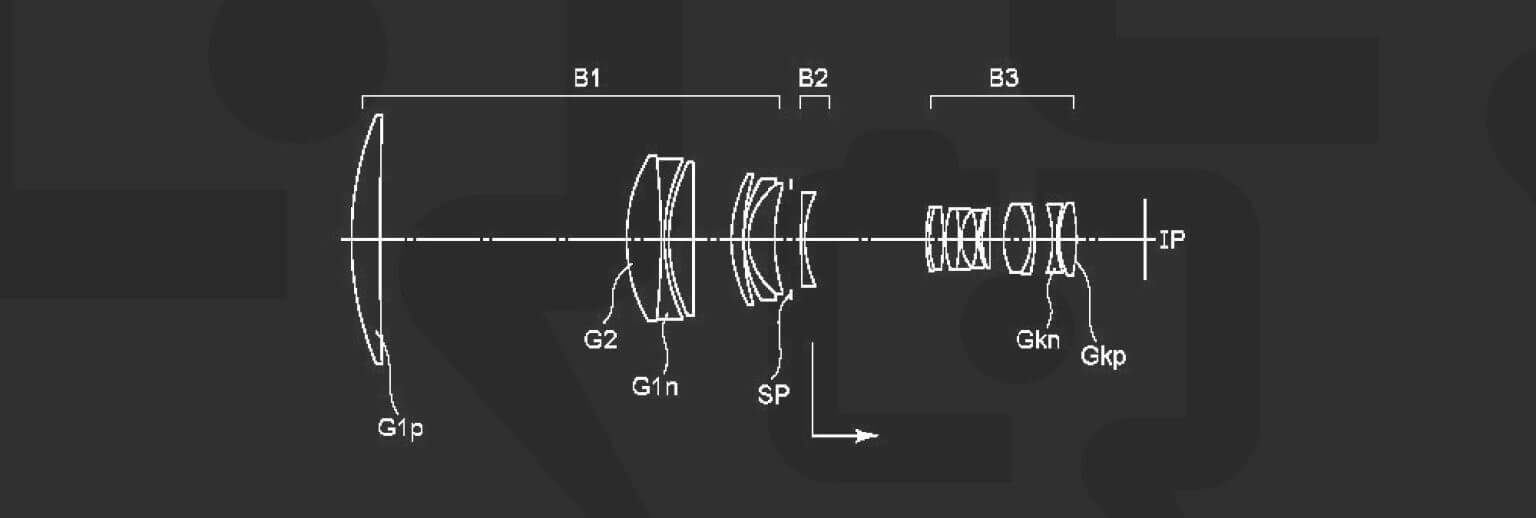In this patent application (2024-009238) we have a series of telephoto primes for the RF mount. We know these are specifically for the RF mount because the back focus distance is under 44mm. Also, with a more relaxed back focus distance (greater than 20mm) they should work with Canon's tele-extenders.
While the current RF super telephotos have been out for a while, we haven't seen any specific RF designs used yet for the big whites. It's pretty early for Canon to replace the big whites so I wouldn't necessarily expect any of these designs to end up on a lens soon, but Canon has surprised us in the past. Remember that Canon's 1 series flagship is expected to be coming out sometime this year and that it's an Olympic year so anything is possible.
Canon RF 400mm F2.8
Focal length 392.00 F number 2.90 Angle of view 3.16 Image height 21.64 Lens total length 360.03 BF 31.01
Canon RF 500mm F4.0
Focal length 490.00 F number 4.12 Angle of view 2.53 Image height 21.64 Lens total length 412.08 BF 33.39
Canon RF 600mm F4.0
Focal length 588.00 F number 4.12 Angle of view 2.11 Image height 21.64 Lens total length 476.08 BF 33.21
As with all patent applications, this may never end up in an actual patent or products but it's a look inside of Canon's research.
Japan Patent Application 2024-009238


You actually have a Canon RF 500mm f/4L IS USM on "your own" roadmap:
Canon RF lens roadmap
Though, my guess so far is that the also rumoured Canon RF 200-500mm f/4L IS USM is meant to replace a 500mm f/4 L prime, just as Canon also considers the Canon RF 100-300mm f/2.8L IS USM as a replacement for a 300mm f/2.8 L prime.
But, well...
The current RF 400mm f2.8 LIS is actually softer than the EF 400mm f2.8 LIS mkII, so maybe Canon can match the heady IQ of the EF mkII version?
Canon EF 400mm f/2.8L IS II USM Lens Image Quality
What I see are two absolutely identical sharpness results...at least without extenders.
And even with the 2X extender, the RF looks even a bit better.
Canon has the EF 400mm f/2.8 III with the EF 2xTCIII softer than the II on its own MTF plots.
But when both 400mm were being compared, was it using the same method?
Since the MTFs are theoretical / best case, production lenses may not all be the same or as good.
f/8 values used to indicate the top performance of the lens....now, the best performance is usually within 1/3 to 1 stop of wide open. Thus, f/8 lines are unnecessary.